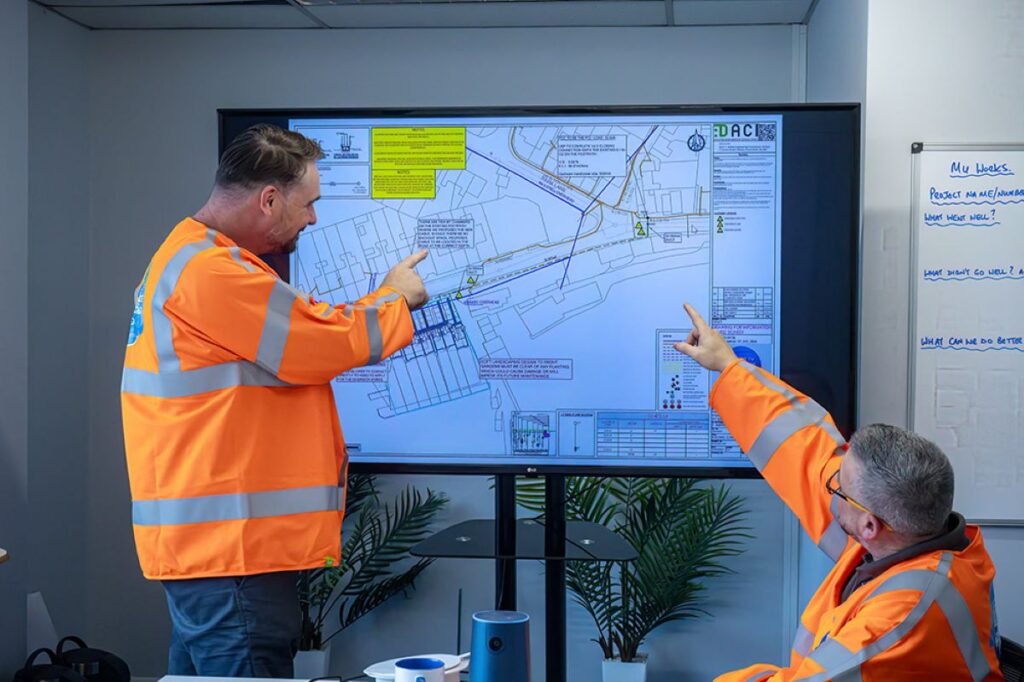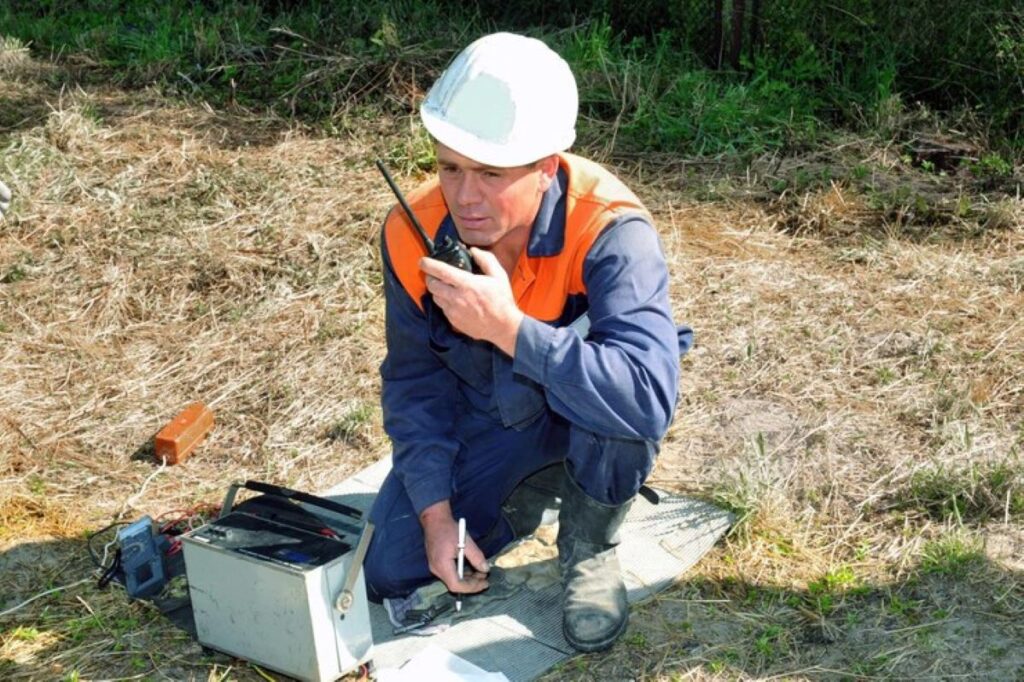Underground utility locating is an essential practice in construction, landscaping, and maintenance projects. It involves identifying the location of various utilities buried beneath the ground, such as water, gas, electricity, and telecommunications lines. Accurate utility locating is crucial to prevent damage to these services, ensure safety, and comply with regulations. This article explores the different methods of underground utility locating, highlighting their advantages, limitations, and applications.
Importance of Utility Locating
Before delving into the various methods, it is vital to understand why utility locating is so important. The presence of underground utilities can pose significant risks during excavation or construction activities. Striking a utility line can lead to service outages, costly repairs, and even serious accidents. In Australia, regulations require that utility locating be performed before any ground disturbance, making it a legal necessity.
Moreover, accurate utility locating can save time and resources. By knowing the precise locations of underground services, contractors can plan their projects more efficiently, avoiding unnecessary delays and complications. This proactive approach not only enhances safety but also contributes to the overall success of construction projects.
In addition to the immediate risks associated with utility strikes, there are long-term implications for infrastructure and community safety. For instance, damaging a gas line can not only disrupt service but also create hazardous conditions that endanger workers and nearby residents. Furthermore, the financial repercussions of such incidents can be substantial, affecting not just the contractor but also the broader economy through increased insurance premiums and repair costs. Therefore, the practice of utility locating is not merely a procedural formality; it is a critical component of responsible construction management.
Furthermore, the technological advancements in utility locating methods have significantly improved the accuracy and efficiency of the process. Modern techniques, such as ground-penetrating radar and electromagnetic detection, allow for a more thorough understanding of what lies beneath the surface. These technologies can identify the depth and type of utilities, providing invaluable data that can influence project design and execution. As urban areas continue to grow and develop, the importance of sophisticated utility locating becomes even more pronounced, ensuring that construction projects can proceed smoothly while safeguarding existing infrastructure.
Methods of Underground Utility Locating
Various methods are employed to locate underground utilities, each with its own set of advantages and limitations. The choice of method often depends on factors such as the type of utility, soil conditions, and the specific requirements of the project. Below are some of the most commonly used methods in Australia.
1. Electromagnetic Locating
Electromagnetic locating is one of the most widely used methods for detecting underground utilities. This technique involves the use of electromagnetic fields to identify the location of conductive materials. A transmitter sends an electromagnetic signal through the utility line, which can then be detected by a receiver above ground.
This method is particularly effective for locating metallic pipes and cables. It is relatively quick and can provide accurate depth measurements. However, electromagnetic locating may struggle with non-metallic utilities, such as plastic pipes, which do not conduct electricity. Additionally, the presence of other electromagnetic interference can sometimes lead to inaccurate readings.
2. Ground Penetrating Radar (GPR)
Ground Penetrating Radar (GPR) is a non-destructive method that uses radar pulses to image the subsurface. A GPR system consists of a transmitter that emits high-frequency radio waves into the ground, and a receiver that captures the reflected signals. The data collected is then processed to create a visual representation of the underground utilities.
GPR is highly effective for locating a wide range of utilities, including both metallic and non-metallic materials. It can also provide information about the depth and size of the utilities. However, GPR is less effective in certain soil conditions, such as clay or saturated soils, which can absorb radar signals and hinder detection. Additionally, the interpretation of GPR data requires skilled operators to ensure accuracy.
3. Acoustic Locating
Acoustic locating is another method used to detect underground utilities, particularly those that are pressurised, such as water and gas lines. This technique involves listening for the sound of leaks or other disturbances in the utility lines. Acoustic sensors can pick up the sound waves generated by leaks, allowing operators to pinpoint the location of the utility.
One of the primary advantages of acoustic locating is its ability to detect non-metallic pipes. It is also effective in noisy environments, where other methods may struggle. However, this technique relies heavily on the presence of leaks, making it less useful for intact lines. Furthermore, acoustic locating can be time-consuming, as it often requires extensive listening and analysis.
Hybrid Methods of Utility Locating
In many cases, a combination of methods is employed to enhance the accuracy and reliability of utility locating. Hybrid methods leverage the strengths of different techniques to provide a more comprehensive understanding of the subsurface environment.
1. Combining Electromagnetic and GPR
One common hybrid approach is to use both electromagnetic locating and GPR in tandem. By first identifying metallic utilities with electromagnetic methods, operators can then use GPR to locate non-metallic utilities in the same area. This combination increases the likelihood of accurately identifying all utilities present, regardless of their material composition.
This method is particularly beneficial in urban areas where multiple utilities may be closely spaced. The use of both techniques allows for a more thorough investigation, minimising the risk of missing critical information. However, it is essential to ensure that operators are trained in both methods to maximise their effectiveness.

2. Utilising GPS Technology
Integrating GPS technology with traditional locating methods has become increasingly popular. By using GPS to map the locations of identified utilities, contractors can create detailed records that can be easily accessed and shared. This approach not only improves efficiency but also enhances safety by providing clear visualisations of underground utilities.
GPS technology can also assist in tracking changes to utility locations over time, making it easier to manage infrastructure. However, the effectiveness of GPS relies on accurate locating methods to ensure that the data collected is reliable. Additionally, GPS signals can be obstructed in certain environments, which may limit its effectiveness.
Challenges in Underground Utility Locating
Despite the advancements in utility locating technologies, several challenges persist. Understanding these challenges is crucial for improving locating practices and ensuring safety in construction and excavation projects.
1. Variability in Soil Conditions
Soil conditions can significantly affect the performance of utility locating methods. Different soil types can absorb or reflect signals differently, impacting the accuracy of detection. For instance, clay soils may hinder GPR effectiveness, while rocky soils can interfere with electromagnetic signals.
To address these challenges, operators must consider the local geology and adapt their methods accordingly. This may involve using multiple locating techniques or adjusting equipment settings to optimise performance in specific soil conditions.
2. Lack of Accurate Utility Maps
In many cases, the absence of accurate and up-to-date utility maps can complicate the locating process. Utility providers may not have comprehensive records of all their underground assets, leading to gaps in knowledge. This lack of information can result in missed utilities and increased risks during excavation.
To mitigate this issue, collaboration between utility providers and contractors is essential. Regular updates to utility maps and the sharing of information can enhance the accuracy of locating efforts and improve overall safety.
Best Practices for Underground Utility Locating
To ensure successful underground utility locating, several best practices should be followed. These practices not only enhance the accuracy of locating efforts but also contribute to the safety and efficiency of construction projects.
1. Conduct Pre-Excavation Surveys
Before any excavation work begins, it is crucial to conduct thorough pre-excavation surveys. This includes reviewing existing utility maps, conducting utility locating, and assessing the site conditions. By gathering as much information as possible beforehand, contractors can minimise risks and avoid costly mistakes.
2. Engage Qualified Professionals
Utility locating requires specialised skills and knowledge. Engaging qualified professionals with experience in utility locating can significantly enhance the accuracy and reliability of results. These experts are trained to use various locating methods effectively and can interpret the data to provide actionable insights. Click here to get more about
3. Document and Share Findings
Documenting the findings of utility locating efforts is essential for future reference. Accurate records of utility locations should be maintained and shared with all relevant stakeholders. This practice not only aids in future projects but also contributes to the overall safety of the site.

Conclusion
Understanding the different methods of underground utility locating is crucial for ensuring safety and efficiency in construction and excavation projects. By employing a combination of techniques, addressing challenges, and following best practices, contractors can minimise risks and enhance the success of their projects. As technology continues to advance, the future of utility locating looks promising, with the potential for even greater accuracy and reliability.
Ultimately, investing in proper utility locating practices is not just a legal requirement; it is a commitment to safety, efficiency, and responsible project management. By prioritising accurate utility locating, stakeholders can protect their investments and contribute to the sustainable development of infrastructure.
